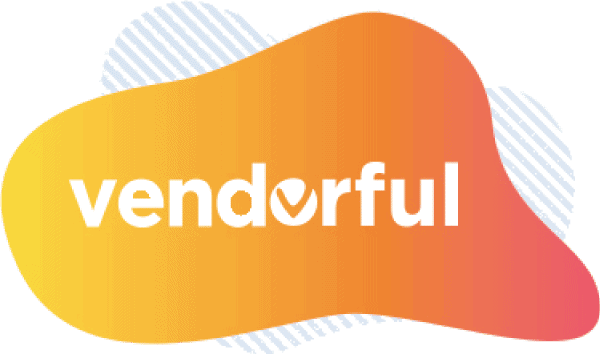When it comes to making big-ticket purchases, buyers should try to make their evaluation process as rigorous and objective as possible. The cost of a bad decision can be devastating. A request for proposal (RFP) provides a framework for rigor and objectivity that organizations can broadly adopt as a best-practice cornerstone of their purchasing process.
A well-executed RFP process will:
- Bridge the gap between a vague set of needs that generally result in a purchase process being launched and a set of concrete, measurable requirements that will be used to evaluate proposals for ultimately selecting a winning vendor.
- Allow the buyer to cast a wider net, increasing the odds of finding the right vendor.
- Promote transparency and accountability around the decision which improves sourcing in the future. Often times, an RFP process will result in choosing the best vendor for your organization’s needs. However, if the chosen vendor fails to perform as expected, or your organization’s needs have evolved, the buyer can look back to see what areas of their evaluation need to be amended for the next time.
If you’re part of a large organization, the odds are good that there is a procurement function and a well-defined, if not well executed, sourcing process. But if you work in a smaller or mid-sized organization, then you might not have spent much time considering the importance of procurement. You might be surprised to learn that not having a procurement process might actually hurt small- and medium-sized organizations more than large ones. Just think about it: if a large company makes one bad purchase, it can probably absorb up that mistake and buy its way out of the problem by engaging with a new vendor even while there is a contract in place with an existing vendor. If a small company makes a purchasing mistake on a strategic or long-term contract, the consequences could be existential.
Given the stakes, why don’t all organizations view sourcing as a foundational component? Companies are motivated to focus on selling rather than buying. The latter is often viewed as a necessary evil, rather than an area that is core to the business. Forward-thinking companies create and cultivate “strategic sourcing” teams and initiatives. However, those organizations that choose to wave away procurement considerations do so at their own peril. Indeed, if these companies are able to survive long enough to scale, they often come to realize that their purchasing needs to be radically transformed. The cost to do this in a large organization can be significant. The cost of not doing this in a large organization is typically much larger. While it may seem unnatural for a small, but growing business to invest in creating a smart sourcing process, the dividends these companies can reap down the road makes for a compelling ROI story.
Steps of an RFP
For companies who don’t yet have a sourcing methodology in place, here are the broad steps of the RFP process:
- Identify key stakeholders— Who will be affected by this purchase decision? Who can help us figure out what we need? Who needs to be involved in evaluating our options? Who will need to sign off before we sign on the dotted line?
- Define project goals and guidelines with stakeholders— What are we trying to accomplish with this purchase? What are our non-negotiable requirements? What are the “nice to haves” but not the “need to have” features? What are our constraints? What is our timeline? Are there spending targets associated with this sourcing event?
- Write the RFP— What are the specific criteria upon which we will evaluate vendors? What questions should we ask vendors in order to collect the necessary information?
- Distribute the RFP to vendors— You can print out and mail your RFP packet to vendors, start an email chain, or use RFP management software to manage your RFP through your browser. How do you want to get your requirements and questions in the hands of your prospective vendors?
- Review and score responses— Once you receive all of your responses, your stakeholders need to become highly engaged in the process once again, reviewing and scoring the supplier responses. These scores are weighted and aggregated so that they can provide the basis for an “apples-to-apples” comparison between vendors. The results of this comparison strongly informs the next step.
- Select a winning vendor or a small number of finalists— You needn’t blindly pick the proposal with the highest score or the lowest price; if a number of vendors all look “about the same,” it’s perfectly reasonable to advance them all to final round bake-off.
- Negotiate and sign a contract— Make the deal and breath easy for a moment. You have applied best practices in your vendor sourcing process maximizing the odds of a good outcome.
The Vendorful team knows that sourcing can be painful, but that it’s critically important to organizational success. That’s why we created RFP management software to streamline the RFP process. Do you know the right method for your organization? Check out our eBook to learn the Different Methods to Manage Your Sourcing Process.

